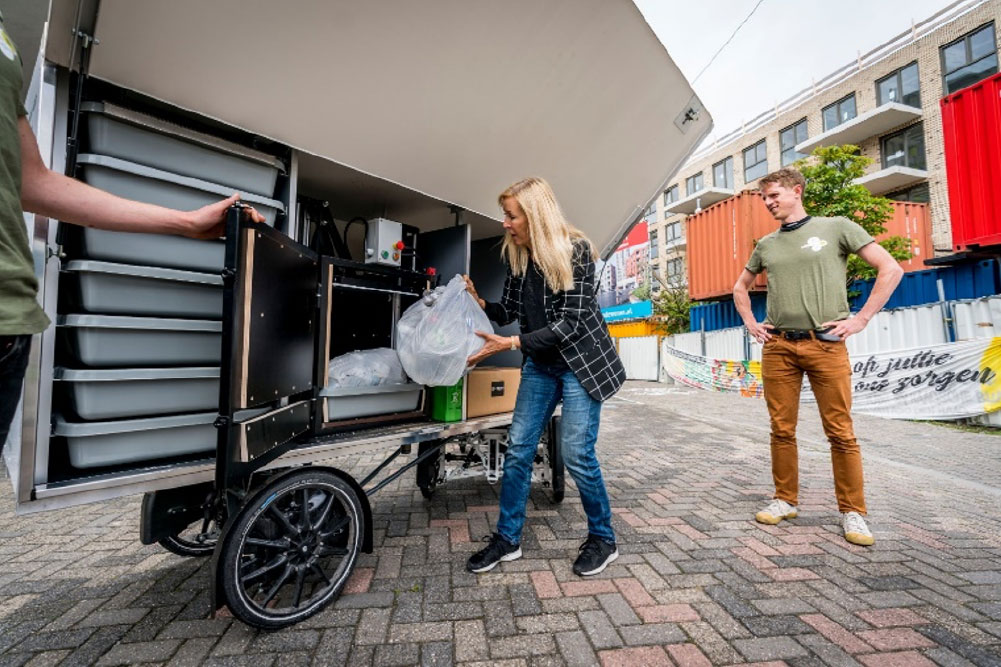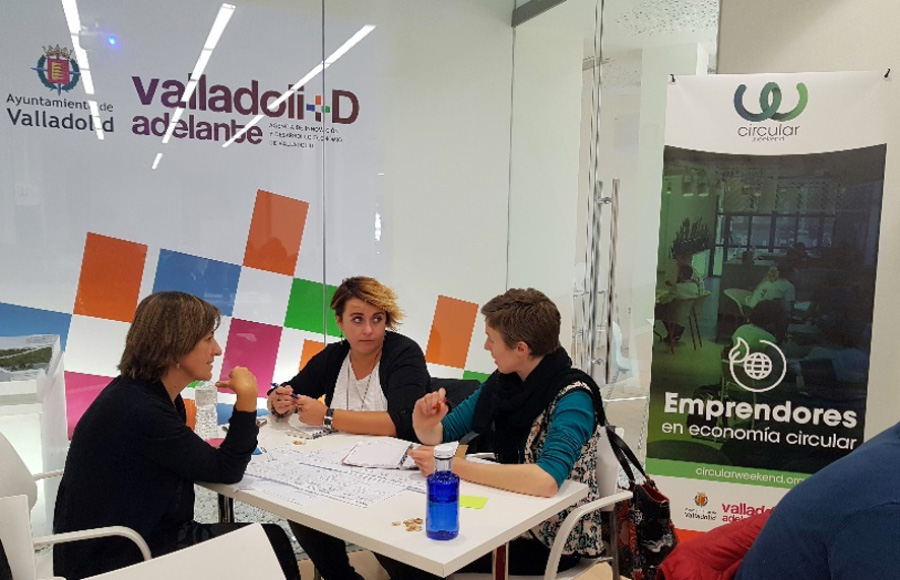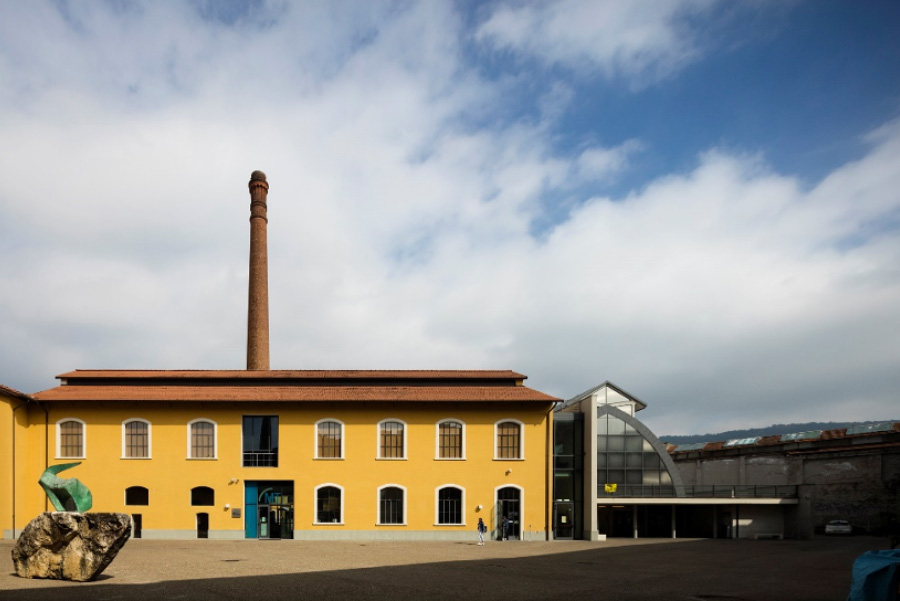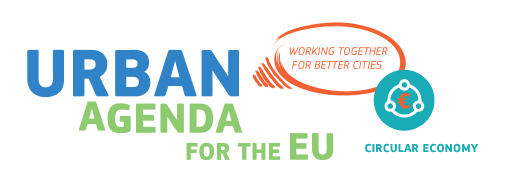Effective governance is key to the circular transition. It can establish the conditions and drivers required for the adoption of circular economy thinking and for the establishment and acceleration of initiatives in this field. A city can further facilitate such initiatives by providing a vision, facilitating knowledge sharing and collaboration, creating business support schemes and regulatory frameworks, and embedding circular principles in procurement procedures and service provision.
How can a city government foster the circular economy? ![]()
The journey towards circularity in a city involves planning, acting, and mobilizing stakeholders at different levels. Jan Jonker et al. (2018) emphasises the role of city governance in accelerating the transition. They have identified several good practices that front-running cities implement in accelerating the transition.1
Better Knowledge:
- Develop and communicate a long-term, holistic vision about the circular ambitions of the city.
- Introduce cross-thematic coordination and promote a culture of cooperation, knowledge exchange, and creation within the own municipal organisation.
- Identify, address, and include non-municipal stakeholders early on in the transition process (e.g. businesses, knowledge institutions, citizens).
- Analyse the urban metabolism (material and energy streams, bio-sources and sinks) as a basis for developing a strategic plan for the CE transition.
- Educate consumers (and other stakeholders) in civil society and more in particular cities based on an inclusive and participatory approach. Co-creation with citizens is crucial from the start.
Better funding:
- Use circular public procurement to create demand for circular innovations.
- Identify external sources of funding/financing for CE initiatives and projects available at EU and/or national level. This is to complement the cities’ own budgetary sources and to get acquainted with funding rules and procedures.
Better regulation:
- Facilitate appropriate spaces and funding for experimentation, (private) innovation, knowledge transfers, and match-making in the field of CE for businesses, research institutions, and interested citizens.
- Create forums with like-minded cities at the national (and possibly also at EU) level to lobby for necessary changes in EU and national legislation that currently block the transition to a CE.
- Continuously monitor and evaluate the implementation of CE projects and initiatives. This aims at developing a solid knowledge base and providing feedback to guide/adjust the transition process.
The circular transition in a city requires actions on different levels as outlined in the following sections, and in the EIB Guide.2
How to develop a vision and strategy for the circular transition in your city? ![]()
To develop a vision and strategy for a complex transition, you need to first define the goal or targeted situation: what would your ideal circular city look like? However, first, it is important to understand your city’s current situation and identify the potential for circular developments. The following steps can be pursued in developing a circular vision and strategy:
- Map the current situation: characterise and analyse the local context and resource and waste flows, covering all relevant sectors
- Sketch and define how the future circular city may look
- Identify the required changes and actions at different levels and prioritise sectors with easily accessible circular potential
- Outline different pathways towards your circular city
- Choose the most promising pathway as your circular strategy and complement it with ambitious but realistic circular goals and targets
The circular roadmaps prepared by the following cities can give inspiration in the development of your circular vision and strategy:
How to refine and implement your circular strategy? ![]()
With the circular potential of a city translated into a vision and strategy for circular development, the city government and relevant stakeholders can start the implementation.
Key actions to start with:
- Close loops by connecting waste/residue/water/heat generators with off-takers and users of such secondary resources
- Consider options for extending the use and life of idle assets and products
- Construct and procure circular buildings, and energy- and mobility systems
- Conduct circular experimentation – address urban problems with circular solutions
- Catalyse circular development through regulation, incentives, and finance
- Create markets and demand for circular products and services (procurement and tenders)
- Capitalise on new Information and Communication Technology (ICT) tools supporting circular business models
Mobilising and monitoring actions
Monitoring and reporting on circular progress enable tracking of achievements towards the objectives and targets included in the circular vision and strategy. This may point at the need to change or intensify efforts on different fronts:
- Coach and educate citizens, businesses, civil society, and media
- Confront and challenge linear inertia, stressing linear risks and highlighting circular opportunities
- Connect and facilitate cooperation among circular stakeholders
- Contact and learn from circular pioneers and champions
- Communicate on circular progress based on monitoring

References
-
1. Jan Jonker et al. (2018). Circular city governance – An explorative research study into current barriers and governance practices in circular city transitions across Europe.
https://circulareconomy.europa.eu/platform/sites/default/files/circular-city-governance-an-explorative-research-study-into-current-barriers-and-governance-practices-in-circular-city-transitions-across-europe-2018.pdf -
2. European Investment Bank. (2018). The 15 circular steps for cities.
https://www.eib.org/attachments/thematic/circular_economy_15_steps_for_cities_en.pdf
-
3. Circle Economy. (2016). Circular Amsterdam – A vision and agenda for the city and metropolitan area.
https://www.amsterdam.nl/bestuur-organisatie/organisatie/ruimte-economie/ruimte-duurzaamheid/circular-economy/report-circular/ -
4. LWARB. (2015). London the circular economy capital – Towards a circular economy – context and opportunities.
https://www.lwarb.gov.uk/wp-content/uploads/2015/12/LWARB-circular-economy-report_web_09.12.15.pdf -
5. Wcycle (2018). Strategy for the transition to circular economy in the municipality of Maribor.
https://wcycle.com/wp-content/uploads/2018/10/STRATEGY-WCYCLE_final.pdf -
6. Mairie de Paris (2017). Paris circular economy plan: 1st roadmap.
https://api-site-cdn.paris.fr/images/97396






